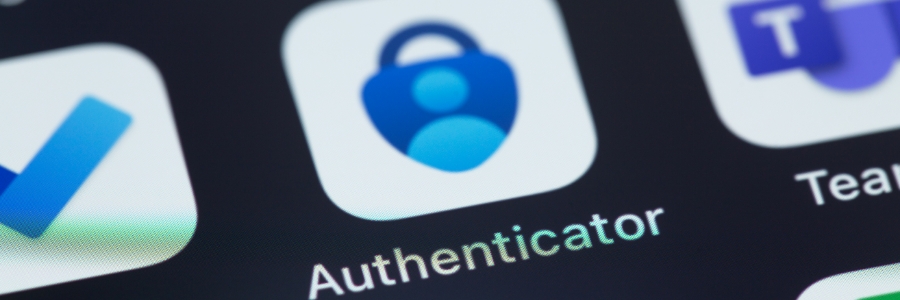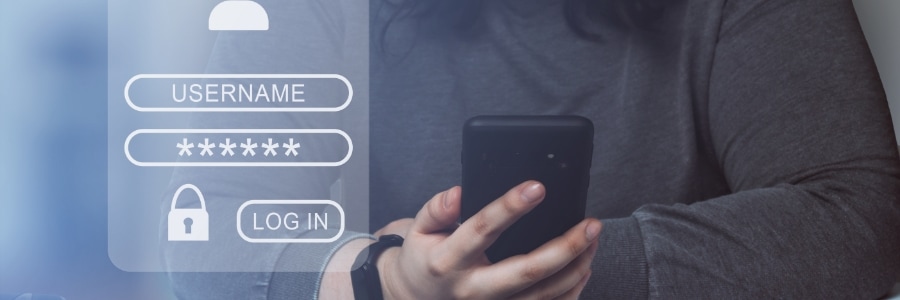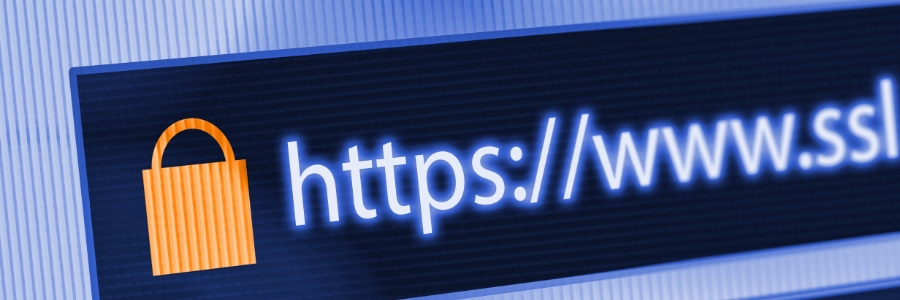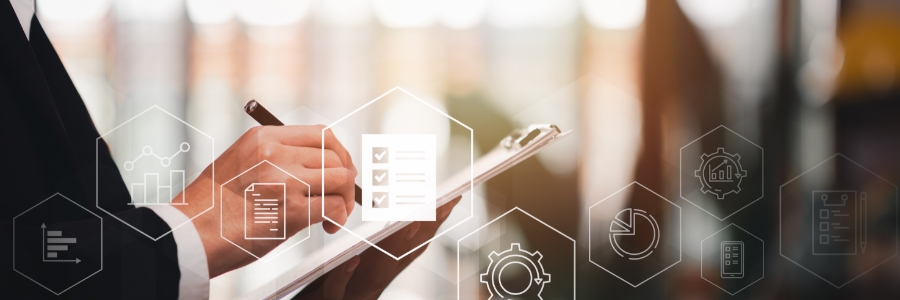The digital era has brought about unprecedented convenience, but it has also opened doors for new and sophisticated forms of fraud. One such scam is Voice over Internet Protocol (VoIP) phishing, in which cybercriminals exploit VoIP technology to target individuals and organizations alike by pretending to be trustworthy entities and urging them to divulge sensitive information.
Top reasons why VoIP phishing scams are so rampant
Social media privacy: A comprehensive guide
Data loss prevention quiz: Put your knowledge to the test

Data security is a concern for everyone in today’s digital age. To ensure data protection against common cybercrimes, it’s important to understand the fundamentals. In this article, we'll take you through a beginner-friendly quiz on data loss prevention (DLP), covering the basics you need to know to safeguard your valuable information in the online world.
Ensuring cloud data protection: Quick and practical measures
Is your password strong and secure?

A password is more than just an assortment of characters you're required to enter in order to access your accounts. It is the first line of defense against potential threats and attacks. A weak password makes it easier for hackers or cybercriminals to gain access to your personal information, such as financial details or sensitive data.
HTTPS: A key measure for secure browsing
Different password attacks businesses should know in 2023

Baltimore may be the Charm City, but there’s nothing charming about being the target of cyberattacks in recent years. The city has suffered much at the hands of cybercriminals, from the February 2014 attack at the University of Maryland that exposed the private information of more than 309,000 students, staff, and alumni, to the December 2019 ransomware attack that hit the Maryland Health Department and shut down its services.
How can mobile threat detection (MTD) improve business security?

Cybercriminals recognize the potential goldmine of sensitive information stored in business mobile devices. This is why they exploit security gaps in such devices to launch attacks, compromising data, finances, and reputation. As a result, businesses must adapt to this evolving threat landscape and implement comprehensive mobile security strategies.
Enhancing business security: The role of two-factor authentication and two-step verification

Every corner of the digital landscape hides potential threats to businesses. Luckily, you can fight back with a range of cybersecurity tools and technologies. Two of these resilient tools, two-factor authentication (2FA) and two-step verification (2SV), have become essential measures for any organization looking to protect its systems and data.






